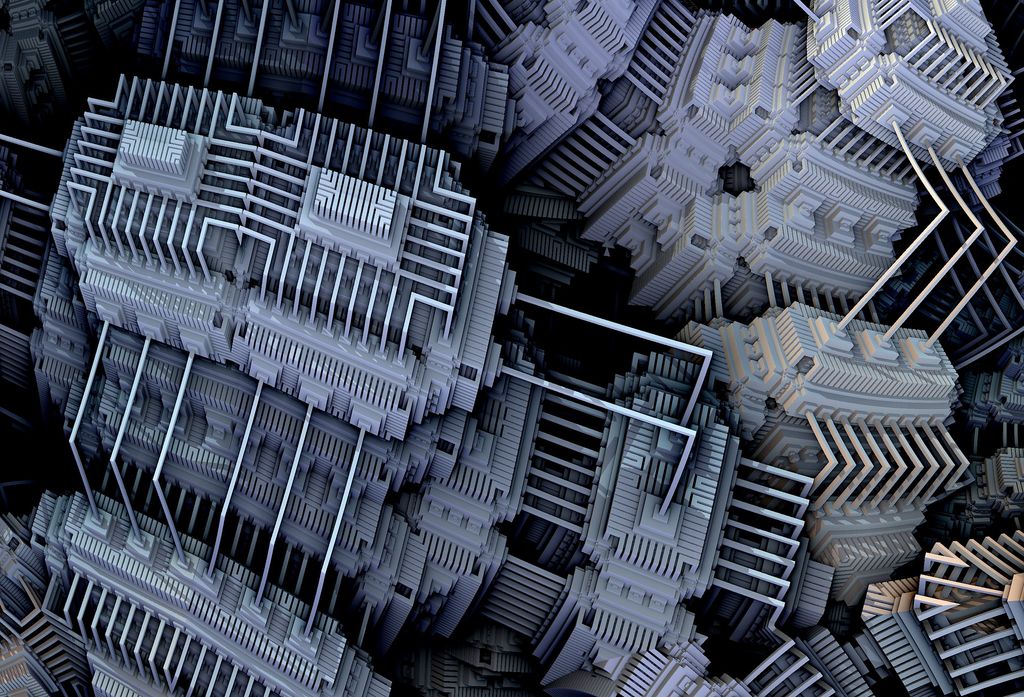This new qubit is the subject of a study that has just appeared in X . physical reviewLed by Fabio Pistolsi, a researcher at the National Center for Scientific Research, Andrew N. Cleland, University of Chicago and Adrian Bachtold, Institute of Science and Technology of Barcelona. All three succeeded in proving, through theoretical calculations, that it is possible to store information in the oscillation amplitude of the carbon nanotube.
>> To read also: Researchers combine quantum computing with classical computing and discover a new way of computation
Nanomechanical qubits to enhance consistency
As a reminder, a qubit is a two-level quantum system. But unlike the classical bit, which can only take two values (either 0 or 1), the state of a qubit is a linear quantum superposition of their two base states.
The main difficulty facing the development of quantum computers is the phenomenon of decoherence: the quantum system is affected by parasitic interactions from the outside world. “The more we maintain consistency over a large number of bits, the higher the computational potential. For this, the particle’s environment must be better understood, because the system is not completely isolated.‘, he explains Tristan MonnierDirector of Research at the CNRS’s Néel Institute.
>> To read also: DNA: It can store all our data!
The “nanomechanical qubit” proposed by Pistolesi and colleagues is characterized by offering a viable storage system and, thus, a more reliable quantum computation. In fact, mechanical oscillators have been shown to display very high quality factors, over a wide range of frequencies. Additionally, they pair with a variety of fields and forces, making them ideal sensors. Thus mechanical qubits can provide unprecedented capabilities in quantum computation and detection.
Schematic of the proposed system. A suspended carbon nanotube contains a double quantum dot whose charge state of the electron is coupled to the second bending mode. (a) Schematic diagram of the electronic confinement capacity and the two main parameters, the jump amplitude t and the energy difference ε between the two states. (b) Physical perception. One of the electrodes is connected to a microwave cavity to read the scattered qubits. Credits: F. Pistolesi et al.
A system based on the phenomenon of repulsion
Carbon nanotubes are able to perform a large number of oscillations without fading, proving that they interact little with their environment – thus making them excellent potential qubits. However, a problem persisted in reading and writing the information stored at the first two power levels of these oscillators.
The researchers demonstrated in their theoretical study that by coupling one of the curvature modes of a suspended carbon nanotube to the charge states of a specific double quantum dot in this nanotube, it is possible to induce sufficient mismatch in the oscillator so that the coupled system can be used as a mechanical qubit and thus, so that the stored information can be read .
This approach makes it possible to sufficiently change the spacing between the first energy levels and make them available, independently of the others, to read the information they contain. The study authors add that all domains inducing forces on the mechanical oscillator can be detected with unprecedented sensitivity, using quantum preparation and detection protocols. It remains only to verify this theory through experience.

“Subtly charming problem solver. Extreme tv enthusiast. Web scholar. Evil beer expert. Music nerd. Food junkie.”

